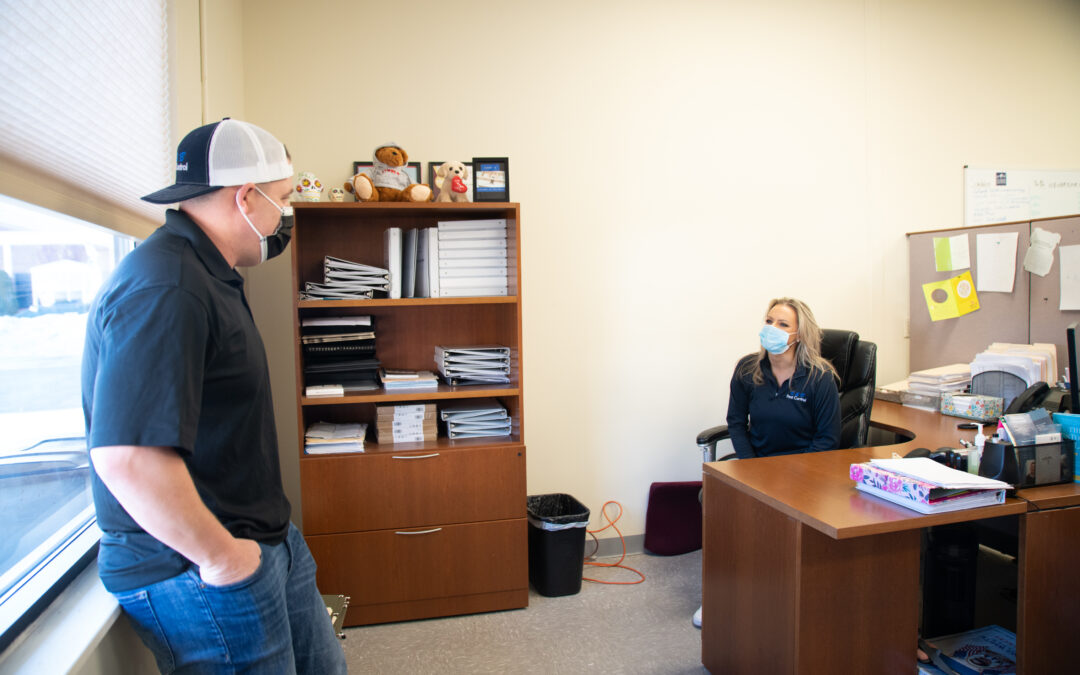The eastern subterranean termite is the most damaging and economically significant termite species in the United States. This species is also the most destructive termite pest in the southeast where termite infestation rates are highest in the country. The eastern subterranean termite is the only termite pest found in Massachusetts, but millions of colonies are densely located beneath residential homes in the state. This makes Massachusetts a relatively termite-heavy state despite being located in the north where insect pest issues are much less of a problem than in the south.
Eastern subterranean termite colonies disperse into new areas when seasonal swarms of reproductive termites (alates) emerge from existing colonies. Alates are poor flyers, and most die before finding a mate, but a small few seal themselves into a crevice in the ground where they mate and start a new colony as queen and king, or the “royal pair.” The royal pair first produce worker termites that gather small bits of loose plant matter, like twigs, stems and dead roots, near the colony nest. Workers transport dead plant matter back to the colony in order to provide the royal pair and their offspring with food.
As more workers are produced they begin to forage farther away from their nest by tunneling through soil. These tunnels are often referred to as “foraging galleries,” and they can span distances greater than a football field around mature colony nests. However, it takes several years for a newly established termite colony to mature to the point where its workers begin to forage far enough away from their nest to locate houses. For example, only around 50 individual termites exist in a 1 year old eastern subterranean termite colony, and after 2 years, only a few hundred individuals inhabit a colony. This is a far cry from the 50,000 to 1 million individual termites found in mature eastern subterranean termite colonies. It typically takes 5 years or longer of colony maturation before workers are able to establish an infestation within a home. A newly established colony must mature for at least 5 years before it can produce reproductive alates.
Do you have reason to believe that subterranean termite colonies are located near your home?

